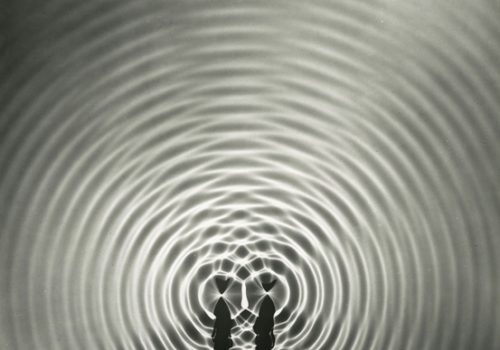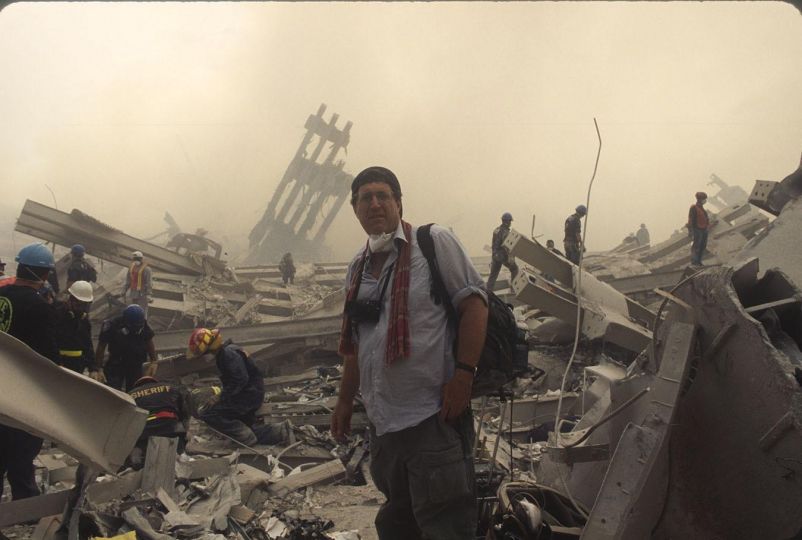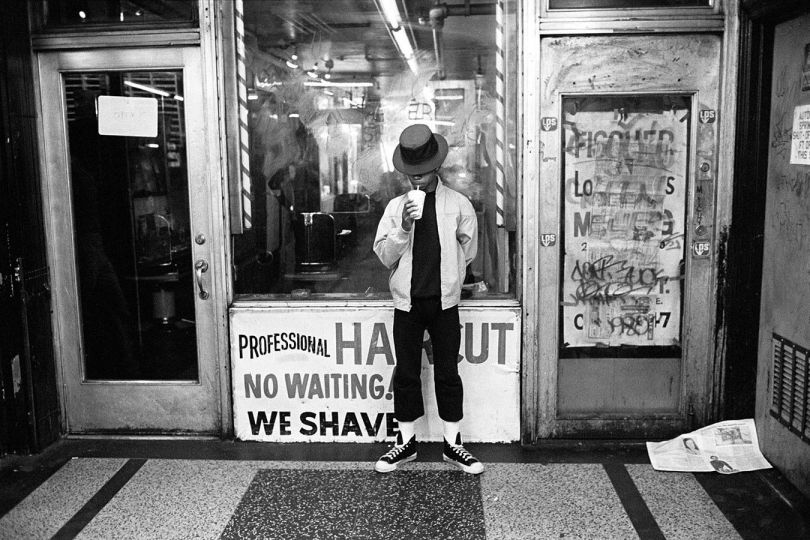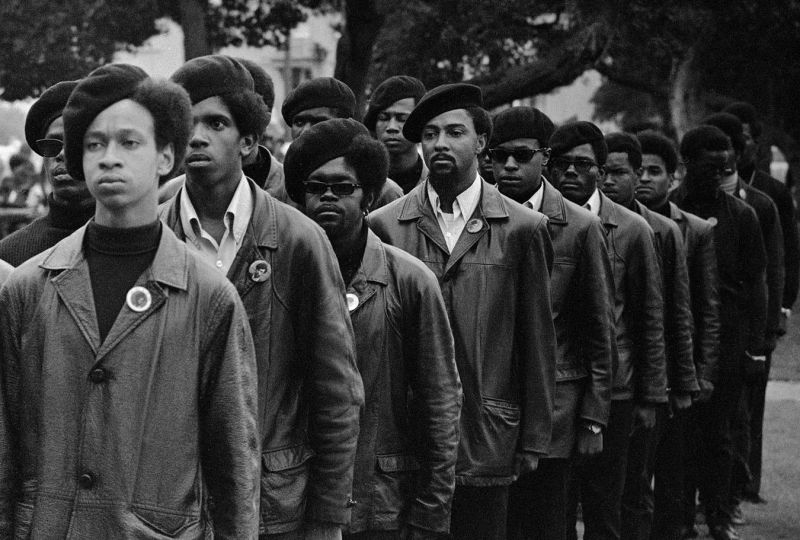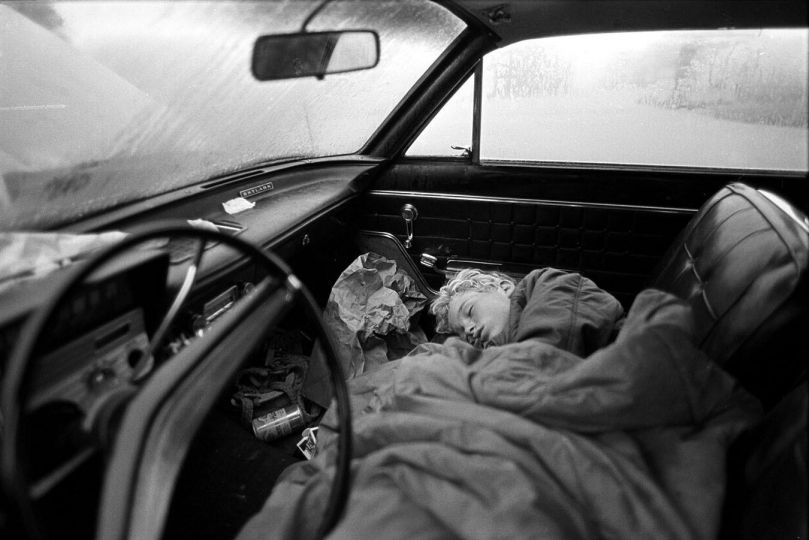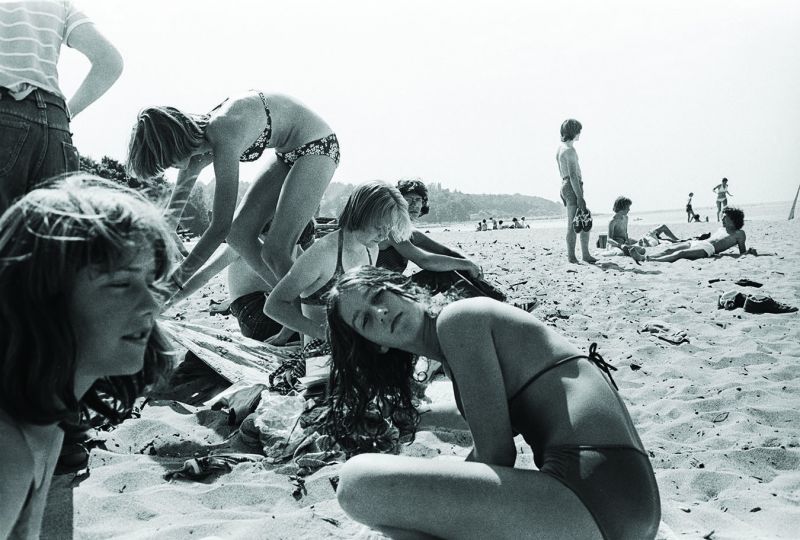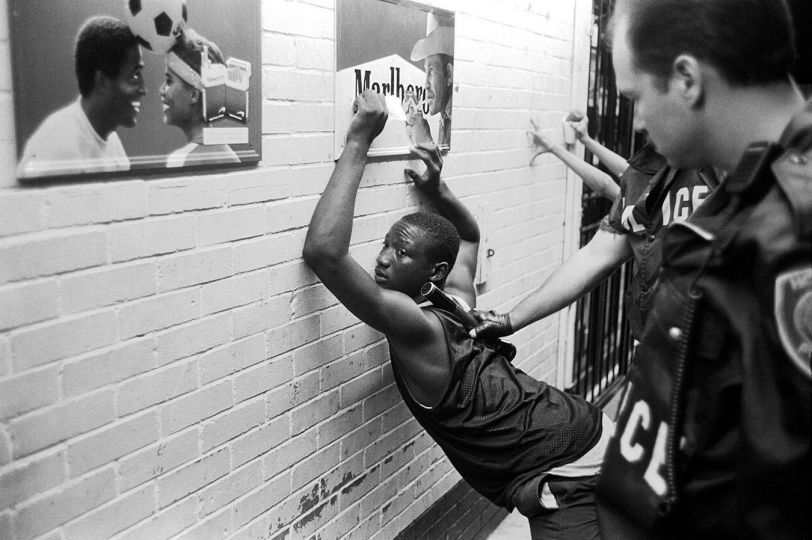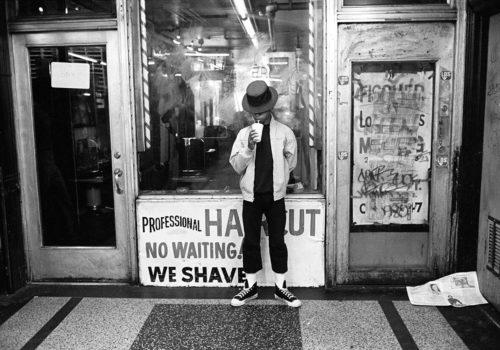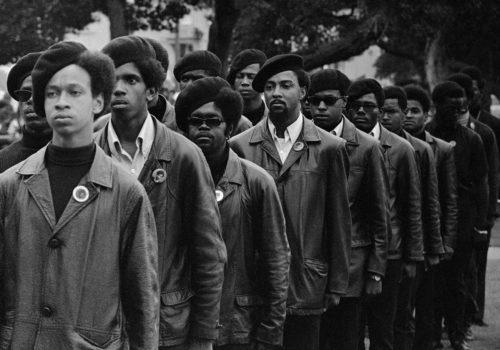The work of Berenice Abbott (1898-1991) played a decisive role in the history of photography and offered a new way to understand its language. She helped to relieve the medium of any comparison to painting; photography started to exist independently and according to its own characteristics.
Furthermore, Berenice Abbott left her mark in the history of photography in another way. Her name is inseparable from that of French photographer Eugène Atget (1857-1927), whose work she promoted in Europe and the United States. She discovered it in Paris, where she lived in the 1920’s before returning to New York in 1929, and Atget remained an important reference for Abbott throughout her life.
She also discovered photography around that time. First, as an assistant for Man Ray in his studio in Montparnasse; then, as a portrait photographer. Celebrities of all kinds and nationalities passed through her studio: the writers André Gide, Jean Cocteau and James Joyce; Sylvia Beach, owner of the famous Parisian English-language bookstore Shakespeare & Company; Jane Heap and Margaret C. Anderson, editors of the literary magazine The Little Review; the American composer George Antheil or the Japanese painter Foujita.
Known in the 1920s and ‘30s in the avant-garde circles of Paris and New York as an activist in favor of recognizing documentary photography as art, Abbott never ceased to examine aspects of realism and modernism through her work, as in Changing New York (1935 – 1939), an attempt at “documentary interpretation” of the architectural transformation that New York underwent in the 1930s.
Considering their texture, rigidity and systematism, Abbott’s images found their place within the complex dialectic of art versus document, whose reciprocal relationship nurtured tumultuous debates about photography from the early 1920s onward. This notion of documentary would become prominent in the America in the mid-1930s. We find in the scientific work that Abbott developed later, in the 1940s and ‘50s, the same idea of documenting the invisible by photographing the wave motion of matter and light, and their many emanations.
When looked at as a whole and in a panoramic fashion, Abbott’s work takes many different forms. However, a coherence underpins her shifting interests—portrait photography, architecture, science— her approach always endowed with a new dimension and greater depth.
Anne Morin
Anne Morin is the curator of Berenice Abbott, Photographs and a French independent curator.
Berenice Abbott, Photographs
Until October 3, 2016
Martin Gropius-Bau Museum
Niederkirchnerstraße 7
10963 Berlin
Germany
http://www.museumsportal-berlin.de/

